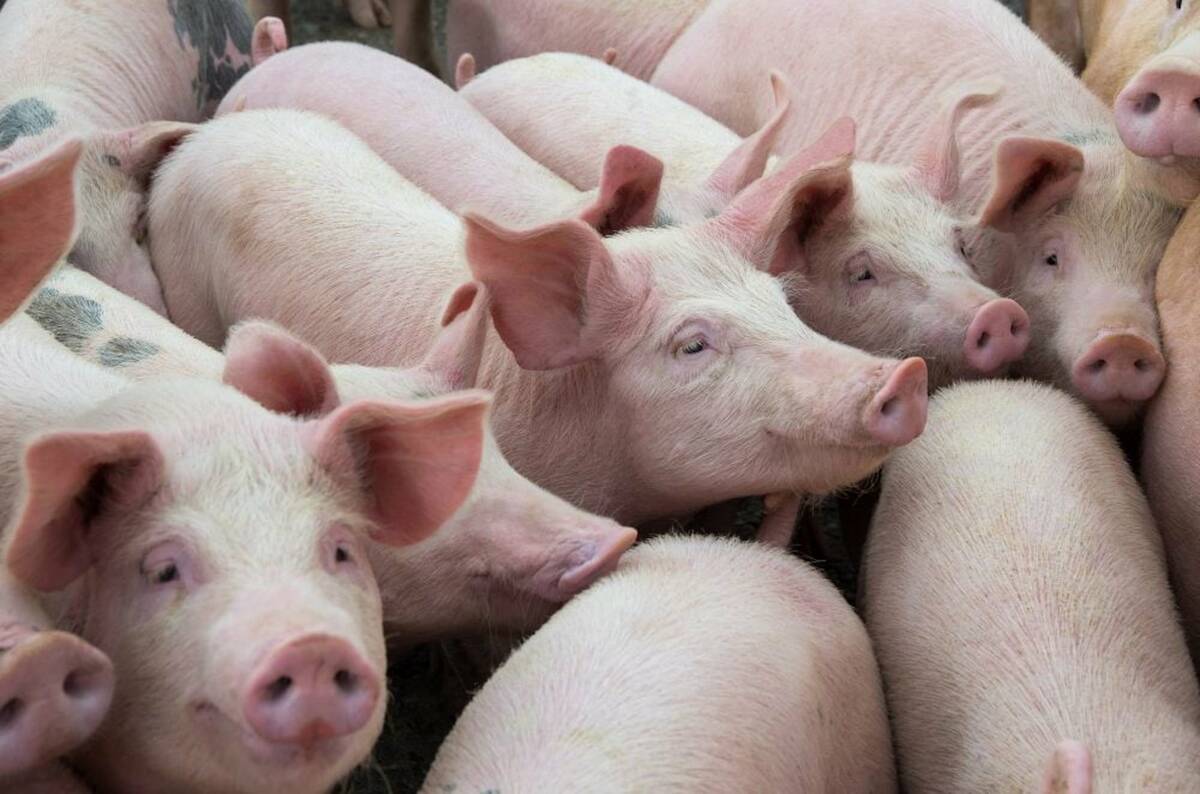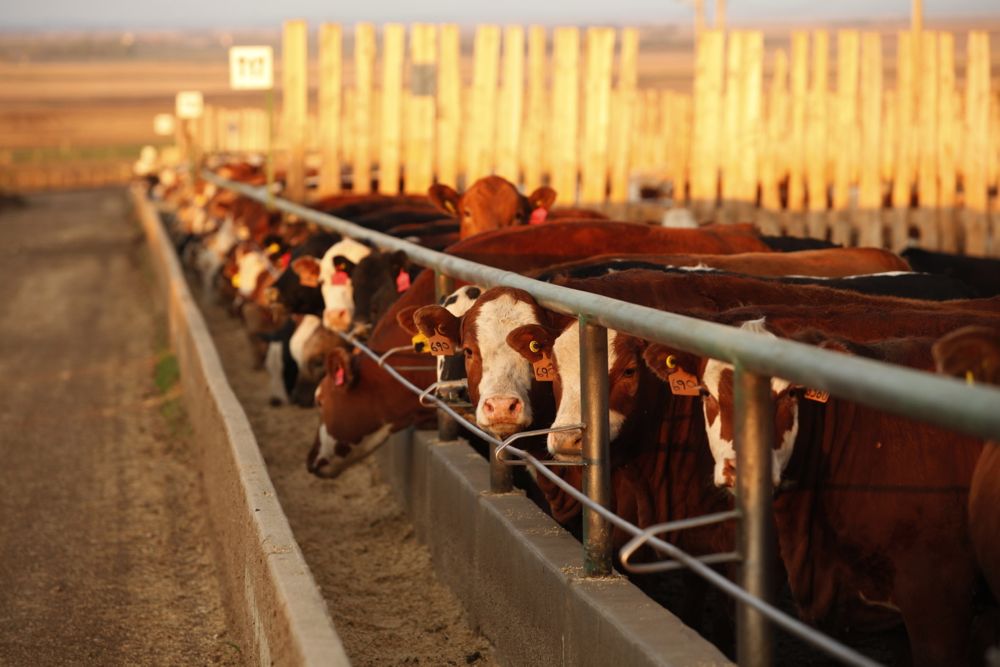The feeder cattle market was very quiet during the last week of December with auction barns in holiday mode. There were discussions regarding direct sales but no actual business was confirmed. The stakes are too high given the market uncertainty; a defensive tone will likely continue throughout January.
Feed grains continue to percolate higher; the Canadian dollar is appreciating against the greenback and June live cattle futures are at a $4.50 discount to the April contract. This is not an environment that warrants higher prices for feeder cattle that will come on the fed market during the summer months. Nevertheless, one can’t be narrow-minded.
Read Also

U.S. livestock: Hogs rise ahead of ‘Hogs and Pigs’ report
Chicago cattle futures continued to inch upward on Monday. Hogs also rose in anticipation of Tuesday’s Hogs and Pigs report….
The overriding factor weighing on prices in 2020 was the COVID pandemic, and vaccine rollouts are becoming more widespread. U.S. consumer incomes will improve with a stimulus package and this could be sufficient to sustain the market until beef demand returns to normal later in February or early March.
Major operations are carrying sufficient numbers for the time being. This sometimes contributes to a softer tone in January. Prior to the Christmas break, medium-frame steers with average flesh levels weighing 800-850 lbs. were quoted from $175 to $180 in southern Alberta; heifers were a solid $13-$16 discount to steers. These cattle are about $10 too high to pencil profitably with the cost per pound gain around $1.25. Calves between 700-850 lbs. will struggle in the short term.
Calves weighing 600-700 lbs. are bought with a time delay factor because these cattle will come on the fed market from September to as late as November. At this stage, 650-lb. steers need to price under $1.90 to be profitable. During mid-December, black steers in Manitoba weighing 680 lbs. were actively moving between $195-$200 in Manitoba; decent steers weighing 650 lbs. in Alberta were trading from $190 to $195. It’s a competitive market, there is no doubt about it. There will be limited slippage on these cattle.
The market may be foreshadowing the environment to come for calves under 600 lbs. Finishing feedlots, backgrounders and those producers looking for grass cattle are all trying to secure ownership of the lighter weight categories. In Alberta, run-of-the-mill steers weighing 550 lbs. are $220, but drop 25 lbs. and the price is up to $240; dropping to 400 lbs., the price increases to the range of $260-$270. Calves from 400 to 500 lbs. are in between $240-$260 and the main point is that buyers feel this is good ownership. The market is telling us in eight months, cattle producers will have forgotten about 2020; uncertainty evaporates in the latter half of 2021.
— Jerry Klassen manages the Canadian office of Swiss-based grain trader GAP SA Grains and Produits Ltd. and is president and founder of Resilient Capital, specializing in proprietary commodity futures trading and market analysis. Jerry consults with feedlots on risk management and writes a weekly cattle market commentary. He can be reached at 204-504-8339 or via his website at ResilCapital.com.
















